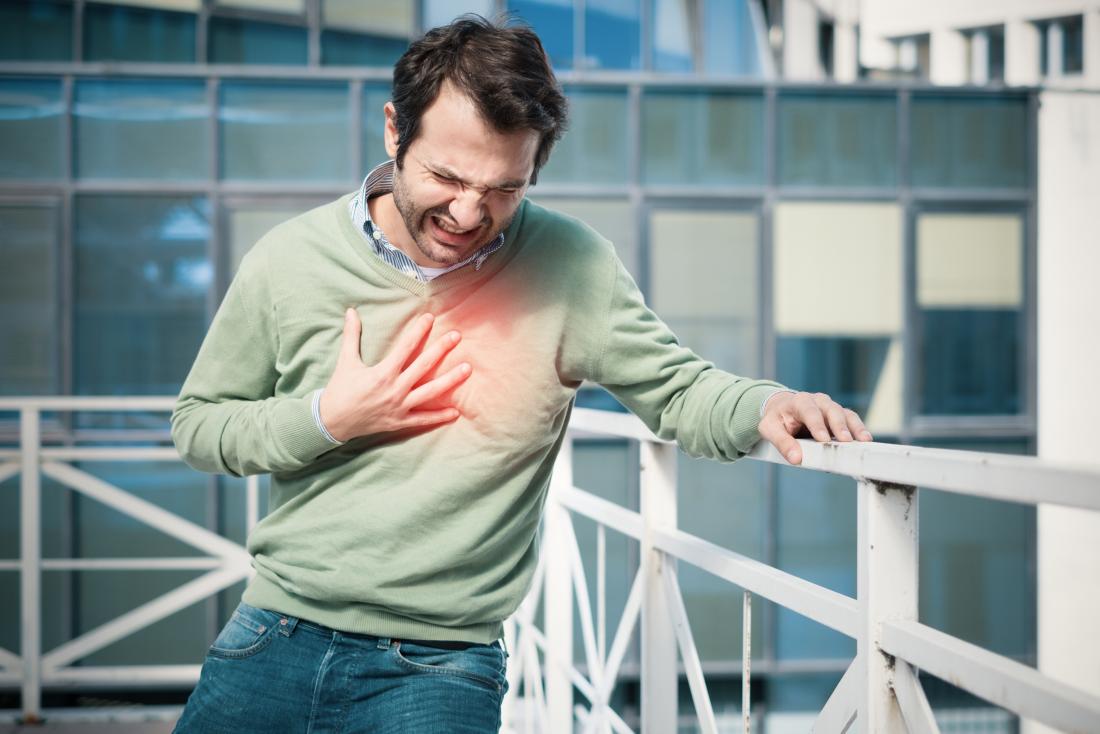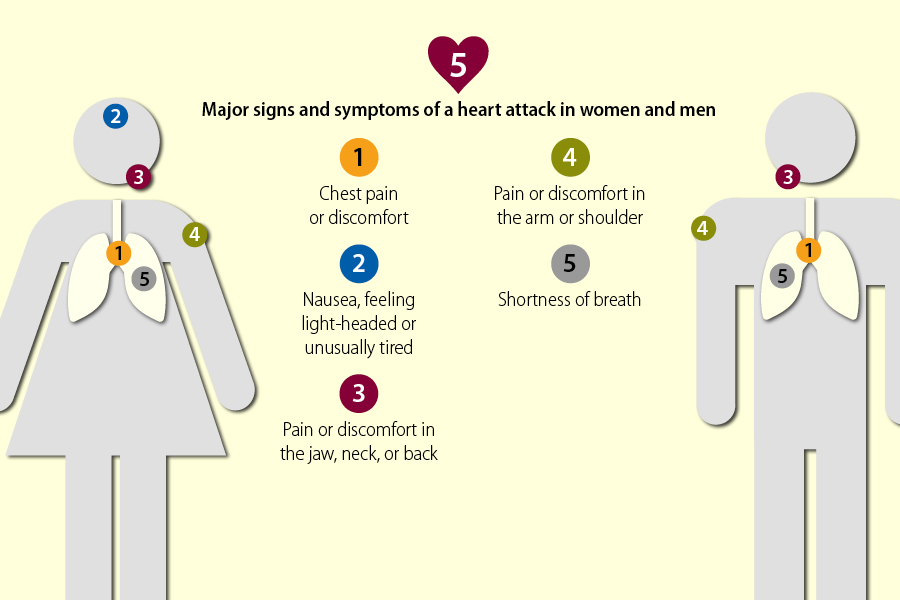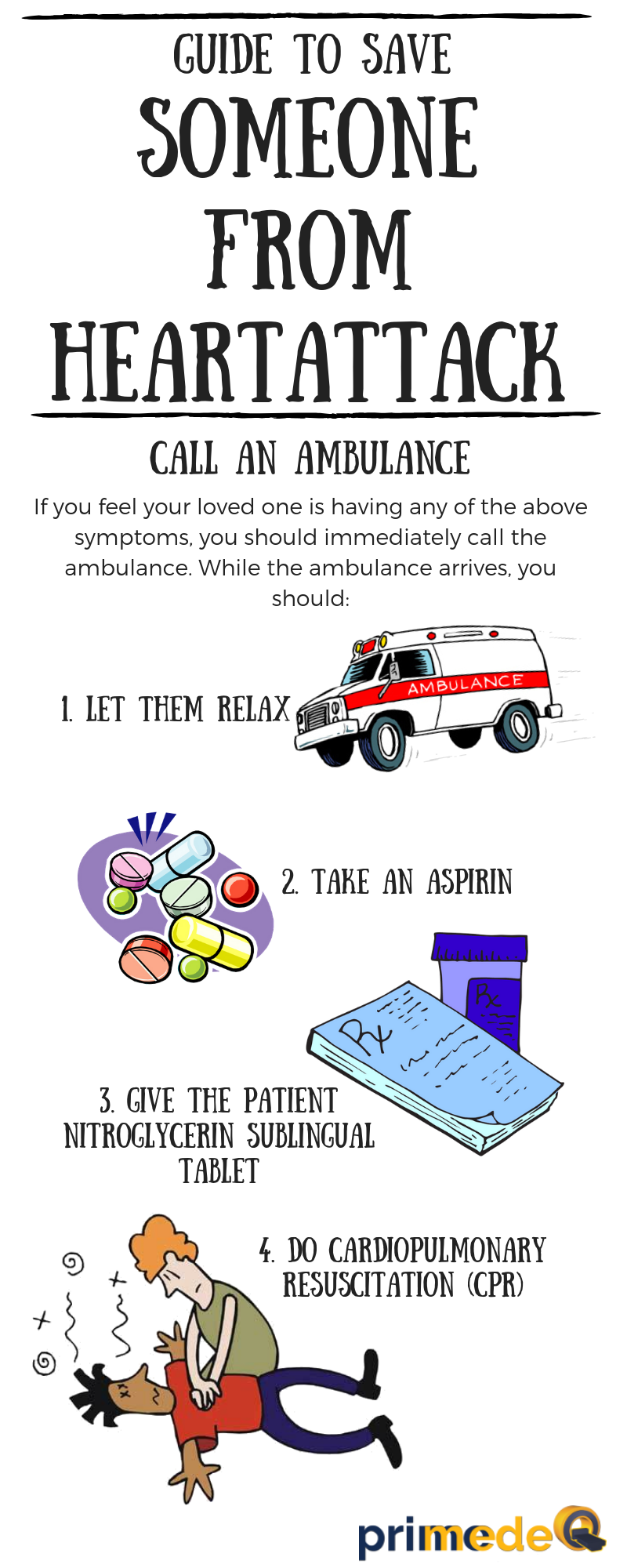
Cardiac arrest or a heart attack can happen to anyone. It cuts short brilliant lives and many times doesn’t give a symptom, especially if you are a woman or a diabetic. Experts believe in the last 15 years heart disease has increased by 200 per cent in young people.
Such a rise in numbers is attributed to the kind of lives we are living these days—stressed, sedentary and filled with pollutants, both environmental and cigarette. In most instances, heart disease does not give any symptoms until it is too late! Hence, we witness a healthy man dying of a heart attack. Hardly, we know that he had a time bomb ticking inside.
The phenomenal increase in diabetes, a metabolic disorder that damages our heart, kidneys and eyesight is equally responsible for the rising numbers of a heart attack. Experts agree that diabetes makes us two to four times more vulnerable to heart attack, than the people who do not have it.
What makes heart disease scary is the fact that the disease rarely betrays a symptom until it is too late. According to health experts, the ethnic Indian male stands to be at the highest risk of Coronary Artery Disease anywhere in the world, and the most vulnerable age group is between 45 -55 years.
Symptoms of heart attack

What is commonly known as heart attack means the blood supply to your heart muscle is getting interrupted. This happens due to the formation of a blood clot. Consequently, the person getting a heart attack may experience severe chest pain (known as angina clinically), or the pain may feel like a dull pain or ache and the patient may describe it at as a heavyweight on the chest, or a feeling that the chest is being squeezed. Sometimes, the symptoms may feel similar to heartburn.
Also, it is important to remember that not all heart attacks begin with crushing chest pain that most of us have heard of. Some don’t give any signs and it is more common in diabetics and women.
If you or your loved one is experiencing any of these signs, you should NOT take them lightly and ask for medical help immediately. Also, many people who experience a heart attack have warning signs hours, days or weeks in advance.
- Feeling sweaty
- Feeling sick
- Pain which travels from your chest, your arms, jaw, neck, back and abdomen
- Looking grey and pale
- Breathlessness, wheezing
- Feeling of extreme fatigue, so much so that a simple chore becomes difficult.
- Irregular heartbeat
- Restlessness
- Dizziness
A heart attack is when the blood supply to your heart muscle is interrupted; this is most commonly due to a blood clot.
What to do if your loved one is having a heart attack
The first hour after the heart attack is called the golden hour. If the patient receives the appropriate medical treatment it could reverse the effect of the heart attack. However, in most instances, the medical care is delayed by as much as 3 hours, As a result, by the time the patient visits the hospital it is quite late and chances of survival diminish.
If you feel your loved one is having any of the above symptoms, you should immediately call the ambulance. While the ambulance arrives, you should:
- Try to make the person comfortable. Loosen any tight clothing that could prevent any blood circulation.

- Help the person chew and swallow an aspirin unless the person is allergic to it or have been told by your doctor never to take aspirin.
- Give the patient nitroglycerin sublingual tablet if it has been prescribed by your doctor. Nitroglycerin tablets are extremely helpful in treating episodes of angina in patients of coronary artery disease. They help relax the arteries and allow more oxygen to reach the heart muscle. Nitrates also can reduce chest pain.
- CPR – or Cardiopulmonary Resuscitation – is an emergency lifesaving procedure performed when the heart stops beating. Immediate CPR can double or triple chances of survival after cardiac arrest.
How to perform CPR?
RedCross enlists on its website CPR steps as follows:
Place your hands, one on top of the other, in the middle of the chest. You should use your body weight to administer compressions that are at least 2 inches deep and delivered at the rate of 100 compressions per minute.
Deliver rescue breaths. With the person’s head tilted back slightly and the chin lifted, pinch the nose shut and place your mouth over the person’s mouth to make a complete seal. Blow into the person’s mouth to make the chest rise. Deliver two rescue breaths, then continue compressions.
You can also use Ambu bag for mouth-to-mouth resuscitation. Either way, you need some basic training to provide CPR or the lungs could collapse completely.
A heart attack is a fatal disease. Do remember, a person is three times more likely to survive after a heart attack if they receive timely medical help.
